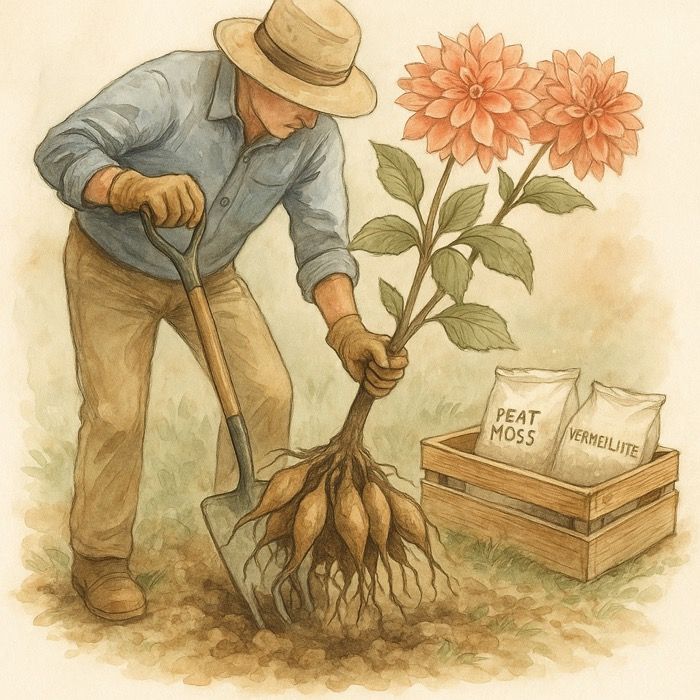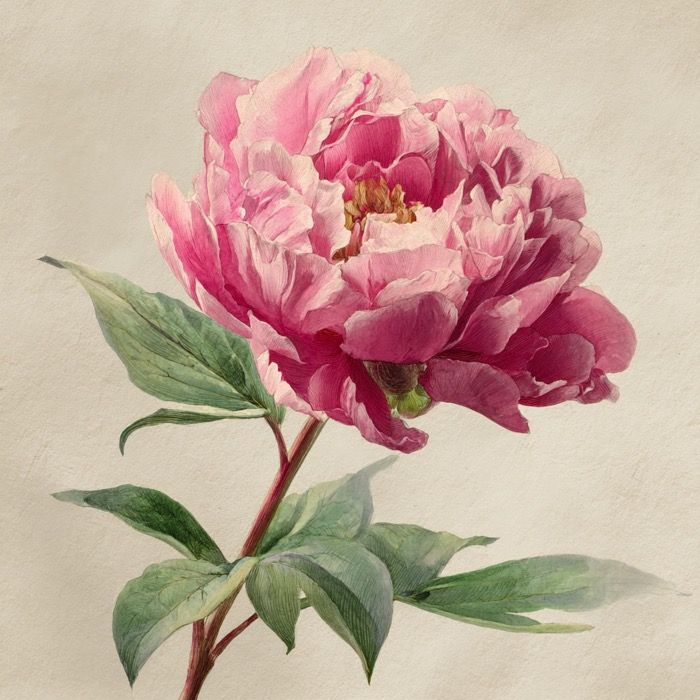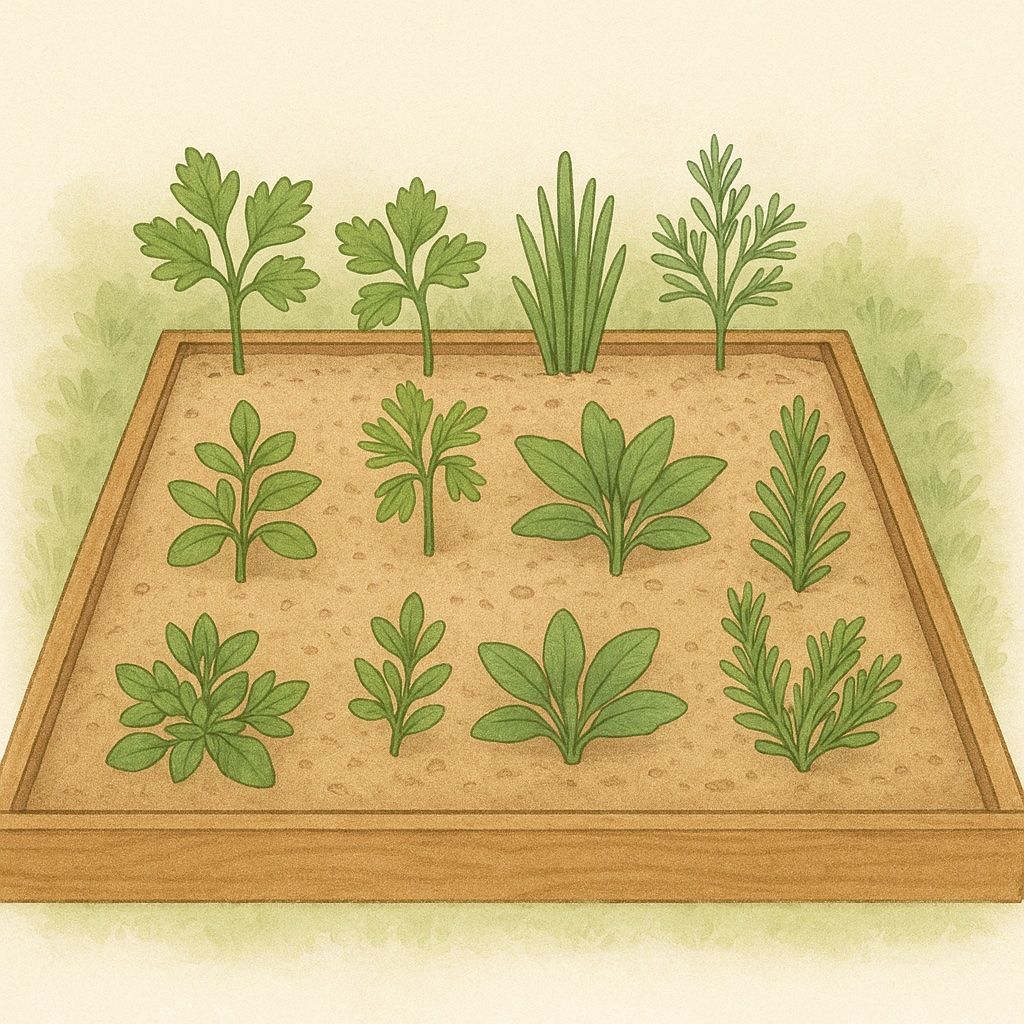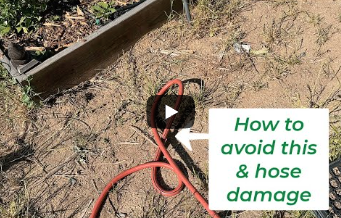Daffodil Garden Guide
Introduction to Daffodils
Welcome to our comprehensive guide on growing Daffodils, the quintessential spring flower known for its bright yellow blooms and trumpet-shaped centers. Daffodils are a symbol of renewal and new beginnings, often being the first flowers to bloom as winter fades. In this guide, we’ll cover everything you need to know about growing and caring for Daffodils, helping you create a vibrant, cheerful display in your garden.
Botanical Overview
Understanding Daffodil’s Botanical Roots
- Common Name – Daffodil
- Scientific Name – Narcissus spp.
- Family – Amaryllidaceae
Daffodils belong to the Amaryllidaceae family and are native to Europe and North Africa. They are one of the most popular spring-flowering bulbs, prized for their bright, cheerful colors and ease of care.
Historical and Cultural Significance
Daffodils have a rich history and are often associated with spring and renewal. In many cultures, Daffodils symbolize rebirth and new beginnings, making them a popular choice for gardens and spring celebrations. They are also the national flower of Wales and are often worn on St. David’s Day.
Varieties of Daffodils
Exploring Different Varieties of Daffodils
- Trumpet Daffodil (Narcissus pseudonarcissus) – The classic daffodil with a large, central trumpet and surrounding petals, typically in shades of yellow.
- Double Daffodil (Narcissus ‘Tahiti’) – Features multiple layers of petals, giving a fuller, more elaborate appearance.
- Miniature Daffodil (Narcissus ‘Tête-à-Tête’) – A smaller variety perfect for borders and containers, known for its early bloom time.
- Jonquilla Daffodil (Narcissus jonquilla) – Known for its sweet fragrance and clusters of small, fragrant flowers on each stem.
Each variety offers unique characteristics, allowing gardeners to choose based on size, bloom time, and fragrance.
Planting and Growth Conditions
Creating Ideal Conditions for Daffodil Growth
- Sunlight – Daffodils thrive in full sun to partial shade. They prefer at least 6 hours of sunlight daily to bloom their best.
- Soil – They prefer well-draining soil that is rich in organic matter. Daffodils do not tolerate waterlogged soil, which can cause the bulbs to rot.
- Planting Tips – Plant Daffodil bulbs in the fall, about 6 weeks before the first frost. Place bulbs 4 to 6 inches deep and 3 to 6 inches apart. For a naturalized look, scatter the bulbs and plant them where they land.
- Growing Zones – Daffodils generally thrive in USDA Hardiness Zones 3 through 8, making them suitable for a wide range of climates.
Care and Maintenance
Ensuring Healthy Daffodils
- Watering – Water well after planting to help the bulbs establish roots. During the growing season, water when the soil is dry, but be careful not to overwater.
- Fertilizing – Apply a balanced, slow-release fertilizer in the fall when planting and again in early spring as the plants emerge. Avoid high-nitrogen fertilizers, which can encourage foliage growth at the expense of blooms.
- Pruning – After the Daffodils bloom, allow the foliage to remain until it yellows and dies back. This process helps the bulbs store energy for the next season. Do not cut back the green leaves immediately after flowering.
Proper care and maintenance will keep your Daffodils healthy and ensure a beautiful display year after year.
Benefits and Uses
The Many Advantages of Growing Daffodils
- Aesthetic Appeal – Daffodils add a burst of color to garden beds, borders, and containers, signaling the arrival of spring.
- Low Maintenance – Once established, Daffodils are relatively low-maintenance, making them ideal for both novice and experienced gardeners.
- Naturalizing – Daffodils can be planted in large drifts to naturalize, creating a stunning carpet of blooms in meadows or under trees.
- Cut Flowers – Daffodils make excellent cut flowers for indoor arrangements, bringing the joy of spring indoors.
Incorporating Daffodils into your garden enhances its visual appeal and provides early-season color.
Potential Problems
Addressing Common Challenges with Daffodils
- Pests – Daffodils are generally pest-resistant due to their toxicity, which deters animals like deer and rodents. However, slugs and snails may occasionally be a problem.
- Diseases – Daffodils can be prone to bulb rot if planted in poorly draining soil. Ensure your soil has good drainage to prevent this issue. They may also suffer from fungal diseases like basal rot and narcissus fly larvae.
- Environmental Stress – Daffodils may not bloom if they receive insufficient sunlight or if they are overcrowded. Ensure proper planting depth and spacing to promote healthy growth.
Proactive care and monitoring can help prevent most issues and keep your Daffodils blooming beautifully.
Conclusion
Daffodils are a beloved addition to any garden, offering bright, cheerful blooms that herald the arrival of spring. With the right care and growing conditions, these hardy perennials will return year after year, providing a stunning display of color and charm. Whether you’re planting a small patch or creating a sweeping meadow of blooms, Daffodils are sure to bring joy and beauty to your garden.
More From Our Master Gardener
Recent Posts

When and How to Dig Up Dahlias – The Best Time, Storage, and Overwintering Guide for 2025 Blooms

When and How to Dig Up Peonies – A Step-by-Step Guide for Vibrant Blooms

Best Herbs to Plant in October 2025 – Fall Herb Gardening in Raised Beds Made Easy

The Bee Underground – Meet the Solitary Bees Living Beneath the Soil

Sweet Peas Growing Guide















